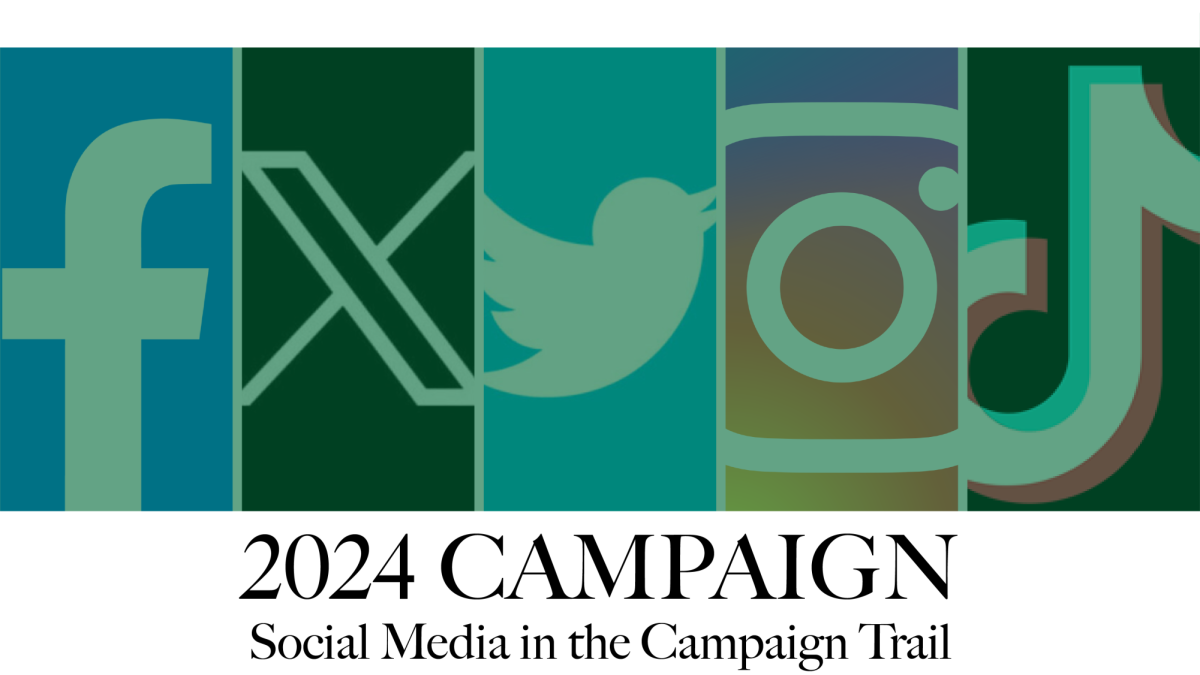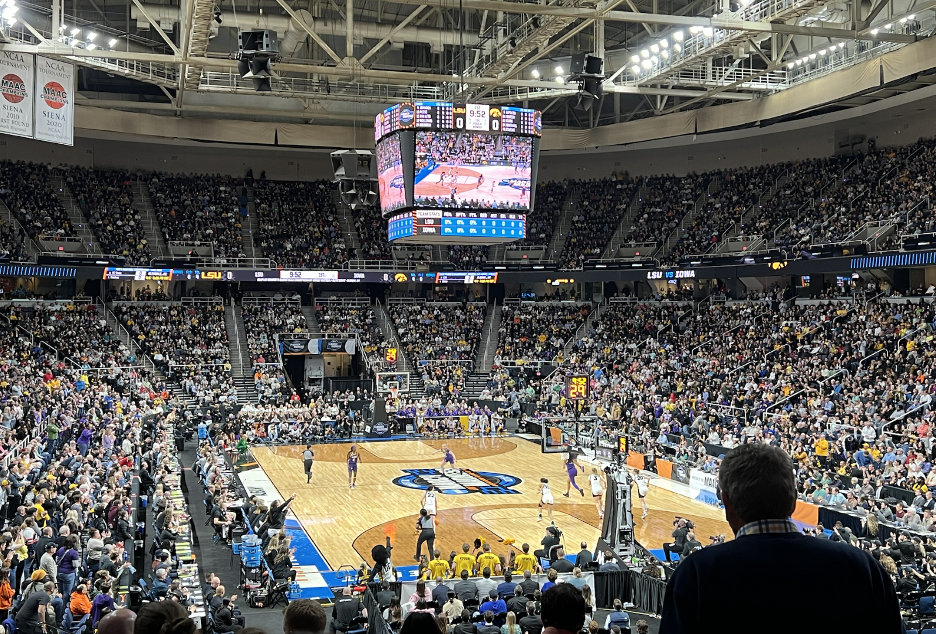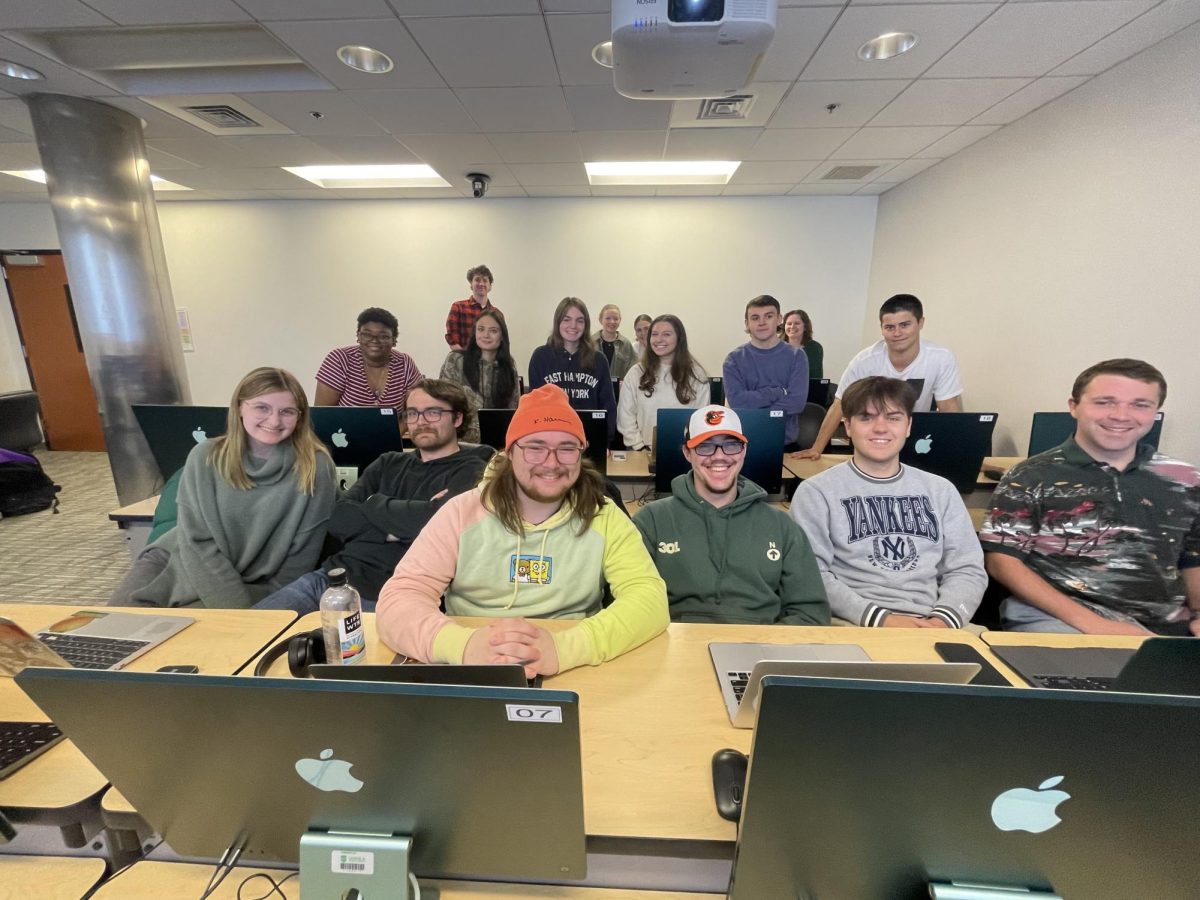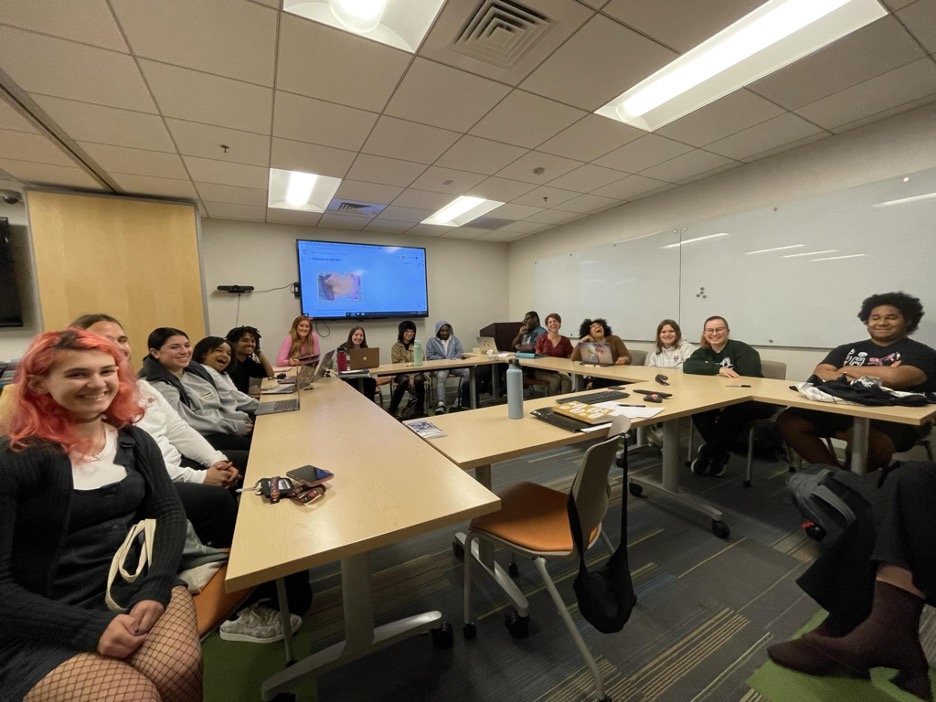With social media, news networks, and the general populous abuzz with tension, it’s pretty clear that we live in one of the most politically divisive times in history. As participants in this political landscape, our generation must determine how to make our voices heard and emerge from the chaos with a tenable solution. A popular form of political expression often used is protesting. Unfortunately, major outbursts of violence and overall setbacks in dialogue have often marred the success of these protests. This begs the questions: where are protests going wrong? What alternatives do we have?
When and Why Do Protests Work?
Just as there is a purpose in mailing a congressman, door-to-door campaigning, or posting on social media, there is purpose in protesting. And for these different political outlets, each one holds a specific and unique purpose. For example, door-to-door campaigning is used effectively to target a specific demographic of voters and inform them of an issue on which they can vote.
But what exactly is the use of protests? Historically, protesting involved going to the most populated area in town and gathering with a crowd of people, all advocating for a cause. Viewing this through a historic lens, why would this method specifically be used? In the days before social media, the best way to have your voice reach the most amount of people was to go into a physically crowded place. In other words, the act of protesting emerged as the best possible option for a given time period—one without internet connectivity.
Additionally, protesting has maximum return on investment in situations where an issue isn’t receiving the amount of attention it deserves. A protest, through its sheer mass, forces an audience to pay attention to a specific issue. However, if the issue is already well-known or has been covered sufficiently, a protest is little more than white noise. In an August protest against Trump’s presidency outside a rally held by Trump, each side had a clear message, but the impact of the protest has long since faded.
It wouldn’t be absurd to think that every citizen in the United States has heard arguments both for and against Trump’s presidency, and at this point, a rally of people crying the opposite sentiment will go nowhere in swaying someone from one side to the other.
Protests on Campus: Silencing Free Speech?
It should be noted that, outside the general label of “political protests,” protesting on college campuses tend to appear for the same reasons over and over again, their results leaving a bitter taste in everyone’s mouths. Over the course of 2017, a vast quantity of protests on college campuses have sprouted up to prevent certain speakers from holding events on campuses. Most notably, Milo Yiannopoulos incited a massive protest that resulted in severe damage to property just as a result of his coming to speak at the University of California, Berkeley. These protests tend to spark the same debate time and time again: is free speech something that should be owed to everyone in our country, or does hate speech fall under a different category? It certainly calls into question the universality of our foundational democratic principle.
Never-ending Violence
Perhaps the most obvious drawback of protesting is its tendency to attract and promote violent behavior. For example, our president may have been grossly oversimplifying Charlottesville with his comments suggesting there was violence on both sides, but his argument holds a great deal of truth if you look at protests across the board. Just as there was a gruesome, massive display of violence in Charlottesville with a car ramming into a crowd, so too do left-wing protests on college campuses, with an Antifa member and local professor violently attacking an audience member with a bike lock. Regardless of the statistical balance between either side of the aisle, each incident provides the one side with the fuel they need to continue accusing the other of not participating in constructive dialogue and instead promoting violence.
Polarization and the Paradoxical Goal of Protesters
There is one other key reason why protests are not a helpful tool to further political dialogue, and it is rooted in the very nature of protesting itself. Protesters attend protests because they wish to advocate for a specific issue, and they determine their success based on how well they further said issue. Because of this, protesters have no rational incentive to want to debate their side of the issue, leaving complaints in the air with no ground for change. According to Moises Naim of the New York Times, protests often don’t work because they create zero political reform afterward. Protestors would be unwilling to consider the other side of the issue because it would defeat the very purpose of why they attended the protest in the first place. This ignorance of the other side results in a never-ending stream of protests that always end with both parties more bitter than at the start. And in a climate as polarizing as the one we live in today, further polarization only pushes us further towards a chaotic unknown—a tipping point with consequences that remain dauntingly elusive.
Debate: A Preferable Form of Political Expression
With the harms of protesting stacking up, it’s perfectly reasonable to yearn for a viable alternative. Thankfully, an incredibly amicable and productive alternative exists. Debates, while having fallen out of common practice, remains to be the structured, competitive, and civil standard of political expression for three reasons.
First, debates are generally designed to have one party designated a winner, so it encourages participants to have a stronger argument than their opponents. Because of this competitive spirit, both sides are encouraged to complete in-depth, accurate, and persuasive research.
Second, channeling a political opinion into a single voice behind a single speaker creates a scenario where it is possible to analyze and discuss a point of view without becoming overwhelmed by hundreds of voices and contradicting expressions of opinion. Although protesters may rally behind a common cause, there can be more disparity in their voices, which seems less unified.
Third, debate encourages the use of rhetorical strategies—strategies that are crucial in coherent persuasive expression. By learning rhetoric, debaters will learn to identify the clearest and most persuasive ways to express their points of view, while simultaneously honing their ability to spot faulty, misleading, or fallacious tactics used by the opposition.
Learning rhetoric is the most efficient way to clear the air of useless white noise and target the key points of all political issues. Loyola’s Rhetoric Society recently held a debate in November, in which two other student panelists and myself debated on the value and importance of free speech, followed by a question-and-answer session with the audience. The entire time, all parties remained cordial while exploring hot-button issues like internet freedom, speakers on campus, protests, and much more. Anyone can apply to be a panelist at these debates, and a growth in interest and club participation will no doubt open up more frequent opportunities for these debates to occur.
Conclusion
Often times the political landscape may be so cumbersome and ugly that it feels like it would be better to not even deal with it. It would be better to completely walk away from political participation and wring our hands in frustration. It’s time to recognize that the issue might lie in our approach, and that it’s time to rectify our approach for the future.












































































































Anonymous • Apr 5, 2020 at 2:48 pm
5